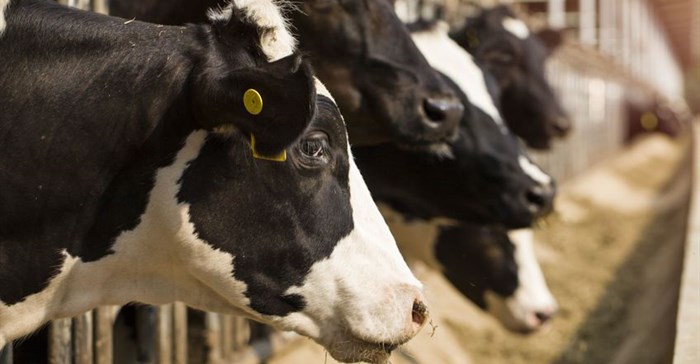Agriculture is where efforts to end hunger and prevent further global warming come together and, according to FAO Director-General José Graziano da Silva, improving livestock supply chains is a fast way to start. "Low carbon livestock is possible," he said on the margins of the Conference of the Parties (COP23) to the United Nations Framework Convention on Climate Change.

©Chutima Chaochaiya via
123RFAgriculture accounts for a large share of greenhouse gas emissions but is also the "most exposed of all economic sectors to the effect of climate change," Graziano da Silva said. He noted that adverse effects disproportionately burdened the world's poorest and most vulnerable people, most of whom live in rural areas relying on farming, forestry and fisheries for their livelihoods.
He spoke at a side event held by the Climate and Clean Air Coalition, a voluntary partnership of 122 governments, intergovernmental organisations and non-governmental organisations committed to improving air quality and protecting the climate through actions to reduce short-lived climate pollutants.
Short-lived climate pollutants such as methane, hydrofluorocarbons and soot can provide for up to 0.9 degrees Celsius in avoided warming by 2050, making a significant contribution to the target of the Paris Agreement, according to CCAC.
Methane and mitigation
Almost two-thirds of the poorest rural households raise and rely on livestock. "With improved and climate-smart practices, we can quickly achieve more sustainable, ‘greener' livestock supply chains," Graziano da Silva said.
Reducing enteric methane emissions is one of the most cost-effective climate change mitigation strategies, linking it to increased productivity and improved food security is a natural and urgent action, he said.
Readily available practices in livestock feeding and manure management, along with better use of technologies such as biogas generators, could help the livestock sector cut its GHG output by up to 30%, he noted.
Short-lived climate pollutants carry greater global warming potential, and reducing them has an accelerated impact compared to carbon dioxide.
Greening the livestock sector can lead to "fast wins while contributing to adaptation, sustainable development and food security," Graziano da Silva added, noting that FAO and its partners stand ready to assist countries worldwide to achieve such wins. FAO is working with the Climate and Clean Air Coalition on reducing enteric methane emissions in Latin America, South Asia and sub-Saharan Africa.


























